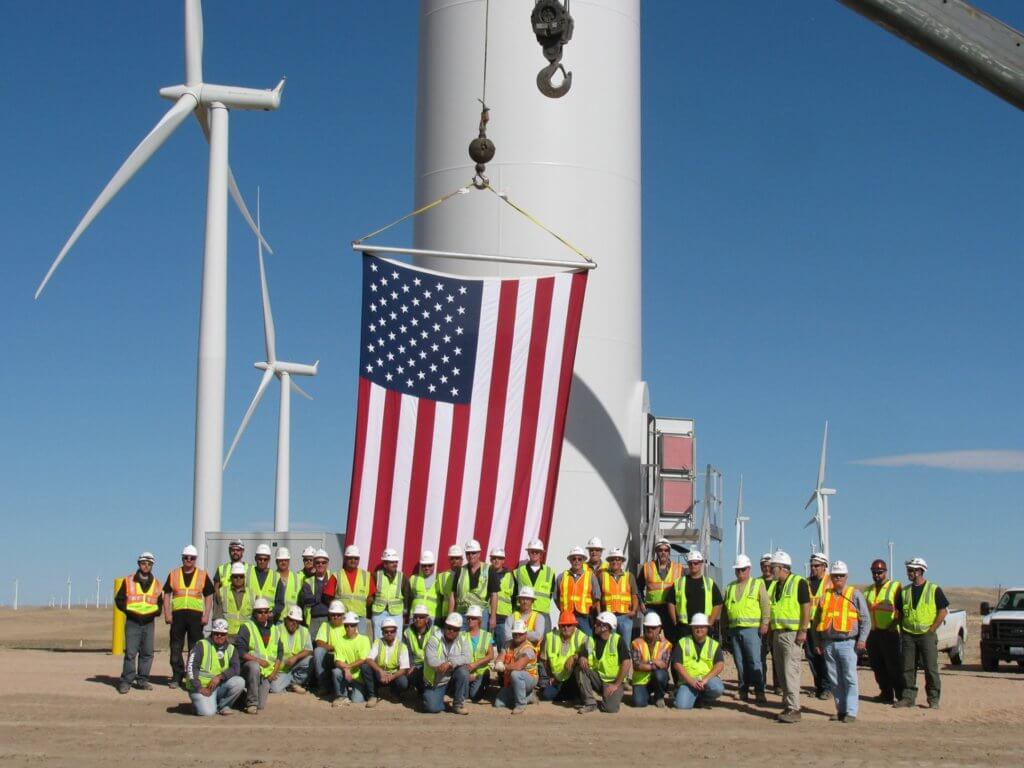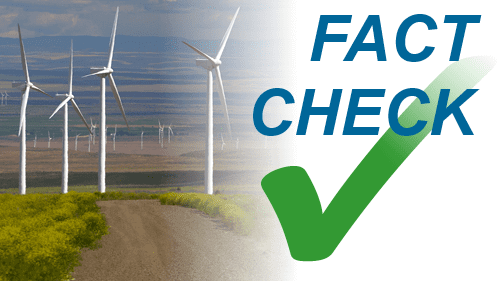Wind energy and birds: No double standard
Recently, the Wall Street Journal reprinted an opinion article titled "Windmills Are Killing Our Birds," by Robert Bryce. (It was the second anti-wind item from Mr. Bryce that has turned up in the Journal in the past few weeks—our response to the earlier one is here.)
Briefly, Mr. Bryce’s most recent argument can be summarized as follows: ExxonMobil has been fined for killing birds, while wind farm operators have not, and this constitutes a double standard. Mr. Bryce quotes a former U.S. Fish & Wildlife Service agent to the effect that the remedy for ExxonMobil's kills is “easy and cheap”–covering tanks and wastewater facilities that birds land in. He also recognizes that there is not such a simple way to stop birds from colliding with wind turbines.
Yet he persists in seeing it as a double standard when ExxonMobil is fined for failing to do something it was told to do to avoid liability (see, for example, this article from the Los Angeles Times’ Greenspace blog), and wind energy companies are not fined for failing to do something they were NOT told to do. This is not a double standard—it is the fair application of the law.
That is not to say we are not working on the problem. All energy development has some environmental impact, and wind energy is no exception. Wildlife collisions and habitat effects are the primary impacts associated with wind energy development.
Even though its impact on the environment is very limited, the wind industry is working to reduce its impact further. Wildlife and habitat issues are constantly being addressed through proactive siting practices, research, and guidelines.
– Pre-construction surveys to predict environmental effects and inform project siting are now common practice during wind farm development.
– Advances in turbine design and project siting have reduced impacts on wildlife, particularly birds, since the first wave of commercial wind projects in the US in the 1980s.
– Wind industry representatives are part of the Wind Turbine Guidelines Advisory Committee of the U.S. Fish & Wildlife Service, which will make science-based recommendations on national siting guidelines to Interior Secretary Ken Salazar in late October. The committee membership includes wildlife conservation organizations and state wildlife agencies, among others.
– AWEA has issued a Siting Handbook to provide a comprehensive information source on wildlife and other issues for wind project developers.
– Since 2003, the Bats & Wind Energy Cooperative, a joint effort by AWEA, Bat Conservation International, the National Renewable Energy Laboratory, and the U.S. Fish & Wildlife Service, has researched the issue of bat fatalities at wind energy projects and is exploring ways to reduce them.
– Since 2005, the wind industry, wildlife groups and academia, through the National Wind Coordinating Collaborative, have researched effects of wind turbines on prairie chickens. This important work may determine practices to address habitat avoidance and site management.
– The American Wind Wildlife Institute (AWWI) was founded in December 2007 by 20 of the nation’s top science-based conservation and environmental groups and wind energy companies. AWWI’s mission is to facilitate timely and responsible development of wind energy while protecting wildlife and wildlife habitat.
– The wind industry is pursuing research specific to wind turbines and sage grouse through a collaborative venture aimed at better understanding possible effects and how best to handle them at proposed project sites.
Related articles:
Wind-wildlife group names first president, February 24, 2009



